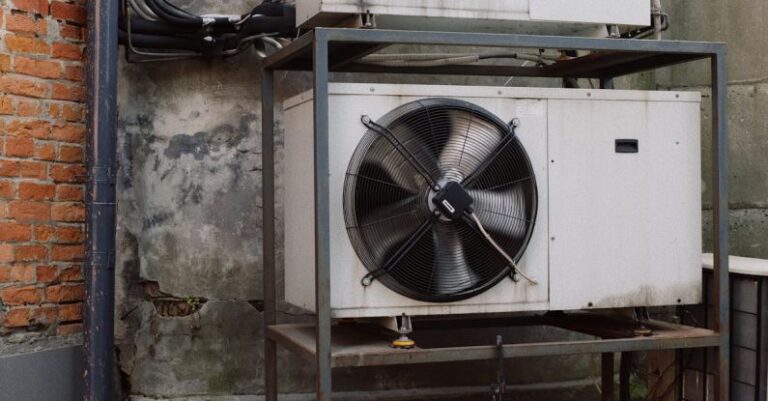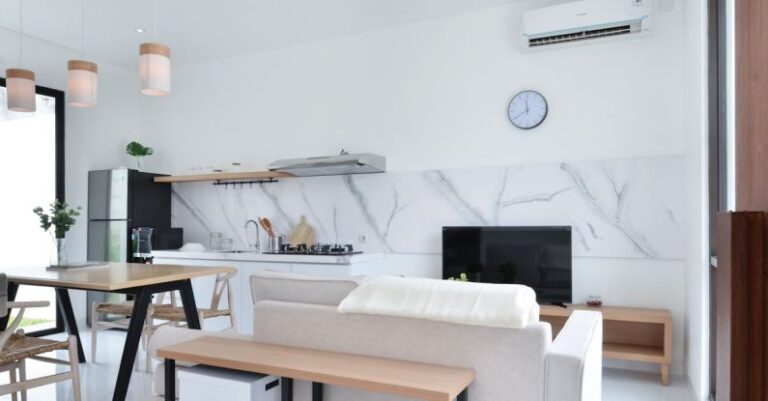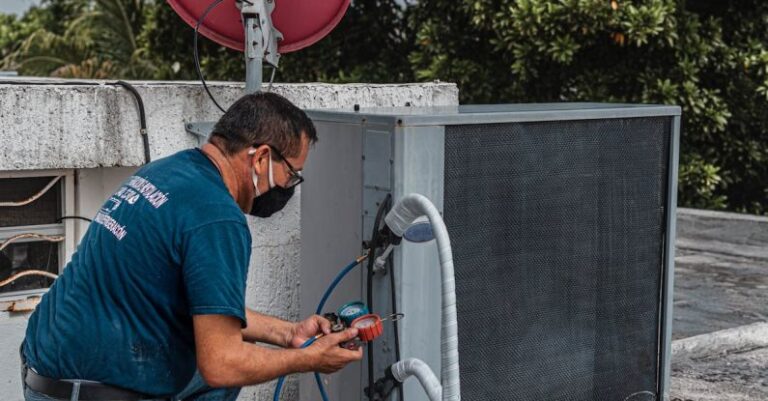
As we strive to create comfortable indoor environments, the role of humidity control in enhancing cooling cannot be overlooked. Humidity levels greatly impact how we perceive temperature, and effectively managing humidity can significantly improve the efficiency and effectiveness of cooling systems. In this article, we will explore the relationship between humidity control and cooling, highlighting the benefits and the importance of maintaining optimal humidity levels in indoor spaces.
**The Impact of Humidity on Cooling Efficiency**
Humidity plays a crucial role in determining how comfortable we feel in a given environment. When humidity levels are too high, the air feels warmer than it actually is, leading to a sensation of discomfort and the need to lower the temperature on the thermostat. This can result in increased energy consumption as the cooling system works harder to maintain the desired temperature.
Conversely, when humidity levels are too low, the air feels cooler than the actual temperature, leading to the perception of a chillier environment. In response, individuals may raise the thermostat setting, resulting in unnecessary energy usage. Finding the right balance in humidity levels is essential for maximizing the efficiency of cooling systems and ensuring optimal comfort for occupants.
**Enhancing Cooling Efficiency Through Humidity Control**
By implementing effective humidity control measures, building owners and occupants can enhance the efficiency of cooling systems and create a more comfortable indoor environment. Here are some ways in which humidity control contributes to improved cooling performance:
**1. Preventing Condensation Issues**
Excess humidity in the air can lead to condensation on windows, walls, and other surfaces within a building. This not only creates an unsightly appearance but can also contribute to the growth of mold and mildew, posing health risks to occupants. By regulating humidity levels, condensation issues can be minimized, preserving the integrity of the building and improving indoor air quality.
**2. Improving Air Quality**
High humidity levels can create a breeding ground for bacteria, dust mites, and other allergens that thrive in moist environments. By maintaining optimal humidity levels, air quality can be improved, reducing the risk of respiratory problems and creating a healthier indoor environment for occupants.
**3. Enhancing Comfort**
Balancing humidity levels can help create a more comfortable indoor environment by ensuring that the air feels neither too dry nor too humid. This can lead to a reduction in complaints related to discomfort, as occupants are more likely to feel at ease in a space with well-controlled humidity levels.
**4. Energy Efficiency**
Optimizing humidity levels can lead to energy savings by reducing the workload on cooling systems. When the air is at the right humidity level, the cooling system can operate more efficiently, resulting in lower energy consumption and reduced utility costs for building owners.
**Conclusion: The Key to Effective Cooling**
In conclusion, humidity control plays a vital role in enhancing cooling efficiency and creating a comfortable indoor environment. By maintaining optimal humidity levels, building owners can improve air quality, prevent condensation issues, and promote energy efficiency. Investing in humidity control measures is not only beneficial for the performance of cooling systems but also for the well-being and comfort of occupants. Prioritizing humidity control is a key strategy for achieving a balanced and efficient cooling system in any indoor space.





